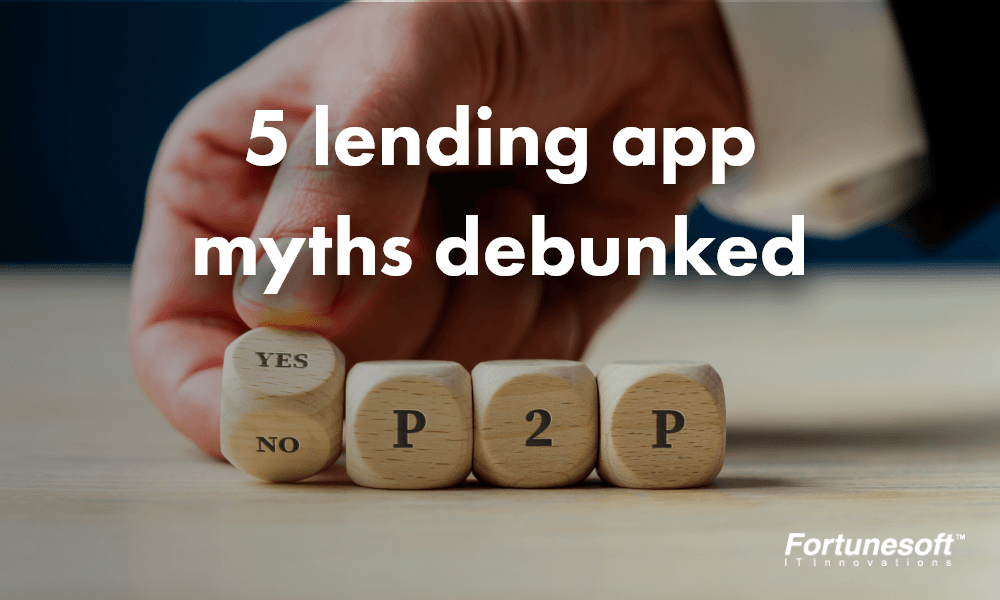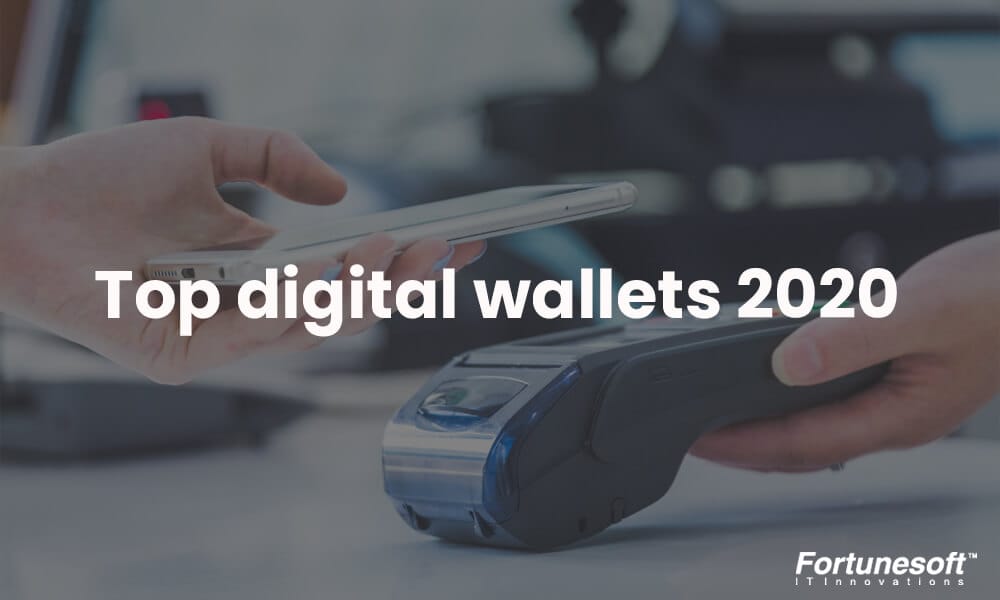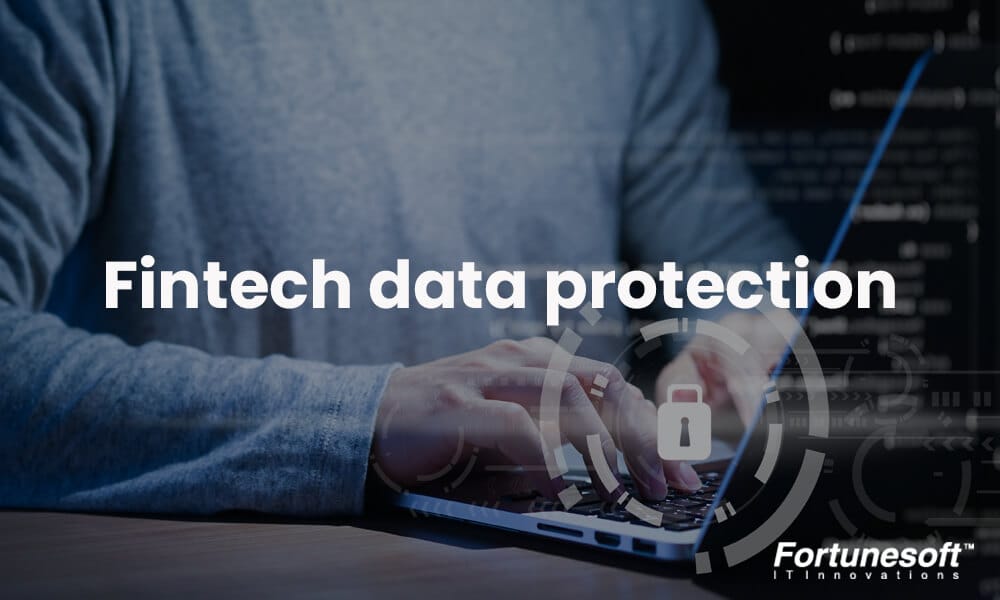 By Deepu George August 4, 2020
11 min read
By Deepu George August 4, 2020
11 min readTop fintech trends that transform the financial services in 2020
2020 has brought unexpected distress, pressure, and challenges among the disruptive winners. Start-ups are facing hurdles in addition to limited opportunities. There is an urgent need for solutions for issues like fundraising, cash management, marketing, and staff management. With the terrible impact of COVID-19 on our daily lives, FinTech companies are looking forward to creating opportunities favoring the momentum. It is forecasted that the demand for AI and IoT will remain prosperous post-crisis as the need for digital transformation is on the rise and will continue to surge.
Businesses are looking for investing in technologies that promise to improve and automate financial services, keeping in mind the chances of such unexpected distress. Investing in financial disruption will help evolve financial services into time and cost-saving offerings. Though there will be a possibility for some sectors to go through a rough patch, there is a brighter chance for others to embrace the opportunities at this moment.
Here are the top Fintech trends that everyone should be aware of in 2020. These Fintech industry trends will impact everything in the financial ecosystem.
The Digital Only era
The COVID-19 crisis has brought cash management as a key player because the government has committed to providing trillions of dollars to SME’s, enterprises, and employees. Moreover, there are major technical and fundamental shifts taking place and becoming the new normal, making investors and potential buyers rethink the new way of perceiving value.
The ‘Digital Only’ is tremendously accelerating to becoming the new norm. This shift is not new as we have already witnessed in developed markets.
With digital-only banks, efficiency and convenience are at its best. Whether creating an account or transferring money, you aren’t required to visit the physical branch, stand in queues, and go through a lot of paperwork.
Digital-only banks are growing in numbers and revenue around the globe. It is expected that there will be a significant drop in visiting branches in the future as digital-only banks are capable of bill payments, expense management, a quick review of the account balance, account transaction history, and real-time analytics to add a few among the other features.
Digital-only banks offer global payments, P2P transfers, contactless payments with no transaction fees, Bitcoin, Ethereum, and other cryptocurrency transactions. Digital-only banks have a deep connection with disruptive technologies like Blockchain and Cryptocurrency, making it one of the top financial technology trends for 2020.
Another area where technology disruption has penetrated is digital lending. Financial institutions and banks have become highly competitive to invest in innovations for enhancing their lending service offerings, especially during this crisis. They are struggling to provide a more unified, flexible, robust, and efficient solution for digital lending, especially within the SME market.
There is a new style of getting converted into tech companies from financial institutions to contribute to the digital transformation bandwagon.
Financial institutions are partnering with fintech application development service providers to leverage a multi-channel, self-service digital lending process that includes loan processing, collection, screening, and credit scores. They are expecting an end-to-end process that will provide the customers with a smooth onboarding and approval lending experience.
Modernizing Finance with Blockchain
The biggest challenges that haunted financial institutions were identity theft and fraud that cost them billions of dollars annually. Blockchain technology is capable enough to save the industry from such significant losses, especially at this situation where cash management is the biggest challenge. Blockchain has been applied in the financial sector for smart contracts, digital payments, trading shares, and managing identities.
Blockchain has taken the responsibility to change the face of financial transactions globally. Blockchain with promising features like speed, global reach, secure, and low processing fees is on the path of faster adoption by financial institutions.
There is a struggle between the companies to ensure the availability of essential products amidst this crisis. To keep their doors open, companies require trust and transparency in supply chain and contracts. Therefore, using Blockchain not only gains visibility throughout the supply chain but also, takes care of quality control and performance benchmarks
With China and the USA leading with maximum usage of Blockchain technology, global financial services are now looking for faster adoption of blockchain in their systems and searching for opportunities to increase fintech partnerships. This will lead to the incorporation of innovations in their traditional payment methods.
Investors are rushing to fintech development companies to increase the global reach of blockchain services and innovations. They are trying to match-up to the ever-increasing usage of blockchain wallets which has set a benchmark of 40 million users worldwide.
AI’s significant contribution is ready to mark its presence
Personalization is one of the best and most used marketing strategies to keep customers attracted and loyal to your business. Banks and financial institutions are embracing AI and Big Data for achieving hyper-personalization on an unprecedented scale, in addition, to help them to process, store, and drive in-depth insights from the data.
Moreover, financial institutions have customers data that highlights customer behavior and social browsing history. To deliver a personalized experience to the customers, AI facilitates real-time omnichannel integration of these insights. But AI is more than providing personalized experiences.
Banks are turning for AI-based solutions and strategies to reduce operating costs and save trillions ahead. Banks are trying to acquire AI professionals having the capability to work with unstructured data as AI is well known for dealing with cybercrime, frauds, and other financial threats. With AI chatbots already ruling, financial institutions will no longer stay behind in serving the customers at their convenience and demand and allow faster and secure transactions wherever they are.
Some important facts that you need to be aware of:
- AI is the current choice and will continue to be the favorite for banks and financial institutions handling large transactions to help financial surges.
- As banks are focusing on reducing the operational costs, AI will help them to save $1 trillion by 2030.
- Banks have leveraged the power of AI for customer service that helps them to serve their customers round the clock through email support, live chats, and social media integration.
- Banks and financial institutions are continuously trying to improvise customer service by leveraging the power of AI and gain trust and loyalty for their brands.
Payments are heavily driven by Innovations
We have been witnessing multiple components in fintech every day due to the innovations in mobile payment trends. Mobile payments like Apple Pay, Samsung Pay, Google Pay, Venmo, contactless payments like PayPal, MasterCard PayPass, Visa PayWave, Square, mobile wallets like DBS Paylah, OCBC Pay, WeChat Pay, AllPay, smart speaker systems like Amazon Echo, Sonos One, Apple HomePod, identity verification technologies, and using disruptive technologies like AI and ML for security are the result of innovation in payment systems.
Mobile payments ramped up a total of $1 trillion value in 2019, thus, deciding to stay ahead in the competition. Contactless payments are popularized enough to reach a target of nearly 760 million by the end of 2020. Mobile wallets are all set to gain a wider audience with the user’s credit cards, reward cards, and many more attractive features in the wallet. 2019 has recorded about 2.1 billion mobile wallet users around the globe.
After years of reluctance, people are finally opting digital wallets and contactless payments to stay safe during the COVID-19 pandemic as it allows them to pay without physical interaction. Contactless payments are all set to hit the market and become the most preferable payment option.
In a nutshell, payment innovations will continue to penetrate the payment systems to improvise the use of payments and enhance the customer experience. Moreover,
- Fintech payment innovations are heavily driven by digital wallets and mobile payments.
- Blockchain will heavily disrupt online payment systems globally.
Let’s work together with Smart Contracts
Businesses have a greater impact this year due to COVID-19 breakout. Supply chains and traditional legal contracts are looking to get hold of innovative solutions to get digitized at this time and even for the post-pandemic situation. The smart contract helps the businesses to gain greater performance and response agility in real-time. Since smart contracts are connected to identified data sources, the increase of using these 2nd generation digitised contracts is going to escalate. Smart contracts are all set to reduce operational risks and systemic business to match-up this new norm.
What are smart contracts?
Traditionally, when two parties agree on a transaction, the role of the lawyer is to fix the terms of the contract on two separate pieces of paper and ask the parties to sign their end of the agreement in the presence of witnesses. If any breaches happen from either side, they are liable for legal action against them.
The parties sign smart contracts with a digital signature using cryptographic keys. Rather than paper, the contracts are tamper-proof, encoded programmatic structures. The authenticity of the contracts can’t be breached as witnesses, in the case of smart contracts, are numerous computing devices that receive the same copy of the digital contract. Moreover, these devices monitor the contract execution until the complete terms are satisfied.
Some important takeaways for smart contracts:
- Smart contracts will get popularized in Fintech this year.
- Smart contracts are virtually accessible to anyone, even beyond national borders.
- Smart contracts are famous for their robustness, security, trust, and execution capabilities.
In a nutshell, traditional contract inconveniences can be easily overcome by smart contracts. Also, smart contracts speed up the fintech transactions irrespective of time and place.
The impact of regulations
The banking and finance landscape will be continued to be dominated by regulations in 2020. 2019 was a year where most of the banks witnessed a great relief by becoming a regulatory compliant with the introduction of PSD2 to avoid the threats against heavy fines. However, PSD2 wasn’t implemented on a larger scale as it was expected as many banks failed to meet the deadlines.
With this, it is clear that 2020 will be all about implementing PSD2 regulations to gain strong customer authentication (SCA). Since PSD3 is in terms to approach sooner, the businesses will continue to witness a strong regulatory presence. Compliance with regulations should be a mandate as banks should be well acquired with the basics before crossing the hurdles that PSD3 will be bringing for them. With PSD3 regulations, the banks should also be capable of carrying a good precision about the specification of API standards, directory services, and infrastructure to eliminate fragmentation.
The need for a flexible and robust digital strategy implementation is vital when it comes to solving regulatory challenges the banks face. Banks must leverage the power of digital transformation as much as possible to create a greater impact on the entire business ecosystem. This will help banks to evolve as a modular body that continues to increase their focus on financial and operational resilience, and become highly responsive to political and social pressures in multiple environments and financial inclusions with higher sustainability.
Automation and RPA
Robotic Process Automation (RPA) is all set to impact and disrupt the financial sector in 2020 as well. You can expect it to help the financial institutions to be more efficient, effective, and robust. RPA will continue to help the financial institutions and automate the human repetitive processes. This will further lower down the risk of common errors and inefficiencies, increasing productivity and ROI.
RPA will also help the financial institutions to meet the regulations and compliance requirements of federal and state. In 2020 and beyond, RPAs will not be programmed to perform any task. They can directly observe what humans do and then put forth their suggestions or automate the entire process. RPA is destined for the customer onboarding process, verification, risk assessments, security checks, data analysis, reporting, and many more in the administrative section.
Wrapping it up!
With continuous technology penetration into the financial ecosystem, the financial services will witness a steady growth resulting in the expansion of fintech to unknown territories. Many fintech startups are trying to contribute to the revolutionization of the financial sector in various ways.
Thus these digital payment trends mentioned above are ready to change the face of the financial sector and the way customers interact with your business. Fintech is all set to boost up your transactions by offering your customers a hassle-free and no-fuzz experience.
Author Bio


 Facebook
Facebook Whatsapp
Whatsapp LinkedIn
LinkedIn Pinterest
Pinterest













 Start Chat
Start Chat